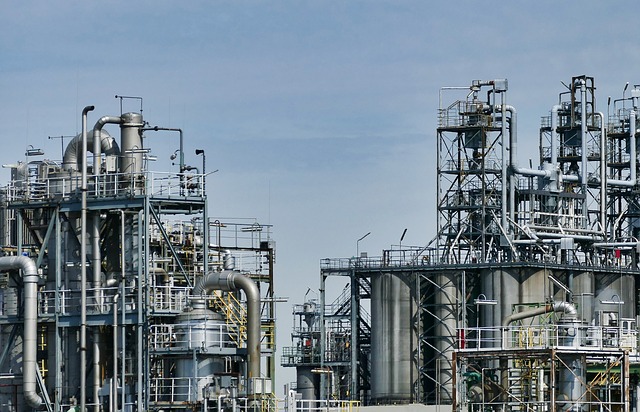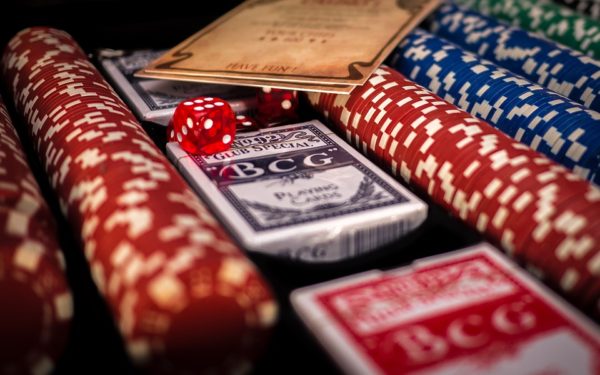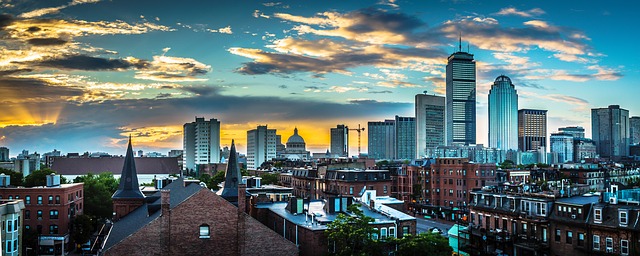History of the Encore Boston Harbor Casino Site
The Encore Boston Harbor resort and casino has an unlikely backstory. In January 2015, when Wynn Resorts first purchased the 33 acres of land along the Mystic River that is now home to the resort, it seemed like the least attractive spot to build any sort of large public or private gathering space. The land had been zoned for industrial use and hadn’t been accessible for over 100 years. During that time, the area had been home to a variety of plants that relied heavily on chemicals, which inevitably contaminated both the surrounding land and water.
In fact, a large portion of the land used to be White Island, but backfill was used to connect the island to the mainland and create more shoreline. Over the years, the site was used by a long list of industrial companies. As far back as 1804, a dye house operated there and was followed by Cochrane Chemical Company, Merrimac Chemical Company and Monsanto. In 1983, Boston Edison bought the land and was the last industrial owner before it was bought up by Rose Construction Ventures with the goal of making it ready for development.

Around the same time that Rose Construction Ventures acquired the land, the state of Massachusetts passed the Expanded Gaming Act, which meant that Las Vegas style casinos were allowed to operate in three different designated territories. Once the Act was passed, casinos went to work creating proposals and trying to win one of these lucrative contracts. Eventually, Wynn Resorts was awarded the contract in large part because they had agreed to massive cleanup efforts along with long-term investments to address new traffic that would be coming into the city.
While the Gaming Commission approved the deal and there seemed to be support from the public, not everyone was happy about the outcome. The major of Boston, Martin J. Walsh, though the final deal was “unacceptable” and several neighboring cities filed lawsuits. These early legal challenges would be the first of many to come through the construction process.
The Site Cleanup
Wynn Resorts first estimated that the clean up of the Encore Harbor site would cost $30 million. When it was all said and done, the company had spent $68 million to make the site safe to host hotels and restaurants. Much of the resources went to removing polluted soil. Once the operation was in full swing, around 5,600 tons of soil was being removed on a daily basis. Ultimately, it took about 5 months to remove all the soil and ship it to various landfills around the country.

For the final phase of the remediation project, the company went to work creating a living shoreline and dredging the Mystic River to make it safe for large ships to dock at the casino. The portion of the river along the site was one of the most polluted, with sediment that contained arsenic, lead and a whole host of other toxic chemicals. Ultimately, the dredging process revealed that the pollution was much worse than anyone had anticipated. As the sediment was removed, many of the chemicals were released back into the water, further complicating the clean-up process. However, Wynn Resorts was committed to taking all the necessary steps to thoroughly clean the local environment, even if that meant doubling their spending.
Once the final clean-up had been completed, the next step was to try and restore some of the habitat. For almost two centuries, the area had been totally devoid of any ecosystem. Casino development will actually restore plant and wildlife to the area and mark the first time in the area’s long history that the environment can return to a natural state.
Will the Casino Be a Success?
While there is no doubt that the construction of the Encore Boston Harbor casino has had a positive impact on the environment and helped to clean up a highly toxic swath of land, there is still some skepticism about whether the casino will ultimately succeed. The area surrounding the resort is still an industrial hub that is home to a subway train repair depot, water and sewer plants and other industrial buildings. The presence of the shining 27 story tall resort and surrounding park that now allows access to the waterfront, doesn’t exactly fit in with the rest of the neighborhood. This contrast begs the question: Will customers visit this location and spend $650 a night on a room?

The casino is offering free shuttles, buses and luxurious water ferries to try and make it easier to get to the location, but that doesn’t guarantee that the resort will be a sought after destination. In part, the developers are banking on the hope that the large population that makes up Boston will help to feed customers into the casino. It also helps that the resort is really the only game in town with the nearest competition a full two hours drive away. While the location is a little unconventional, it also offers strategic advantages that may just lead to its success.
From the beginning, the casino has made lofty predictions of earnings, including $800 million in revenue in the first year. However, many experts put that number closer to $600 million. Either way, the resort will need to perform well in order to justify the expense of cleaning up the site, paying out millions in fines and legal proceedings and building a hotel that caters to an affluent audience who can afford to stay at a luxury hotel. With the opening scheduled for June 23, it won’t be long before we get a closer look at the interior and see how visitors react to the new resort. If nothing else, this project has led to the restoration of the harbor and created a place where residents and guests can enjoy the shoreline for the first time in over 200 years.
If you would like to learn more about the casino industry, rapidly evolving changes concerning gambling laws, how technology is changing gaming and much more, be sure to visit Casino Schedule Ease. As the industry’s premier provider of scheduling and management software, we have stay up-to-date on all the latest news and pass it on to you.

